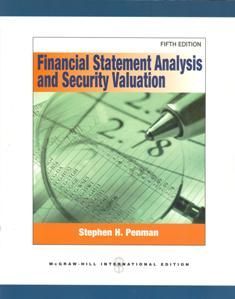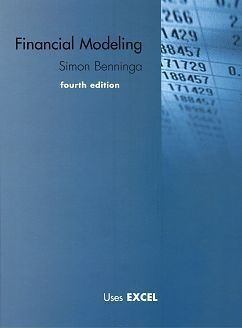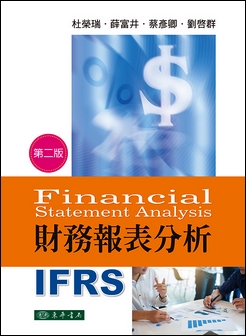書籍分類

Financial Stateme Analysis and Security Valuation 5/e
作者:Penman
原價:NT$ 1,100
ISBN:9780071326407
版次:5
年份:2013
出版商:McGraw-Hill
版次:5
年份:2013
出版商:McGraw-Hill
內容介紹 本書特色 目錄
- Description
This book describes valuation as an exercise in financial statement analysis. Students learn to view a firm through its financial statements and to carry out the appropriate financial statement analysis to value the firm's debt and equity. The book takes an activist approach to investing, showing how the analyst challenges the current market price of a share by analyzing the fundamentals. With a careful assessment of accounting quality, accounting comes to life as it is integrated with the modern theory of finance to develop practical analysis and valuation tools for active investing.




